Countries to avoid in Latin America: where shouldn’t you travel?
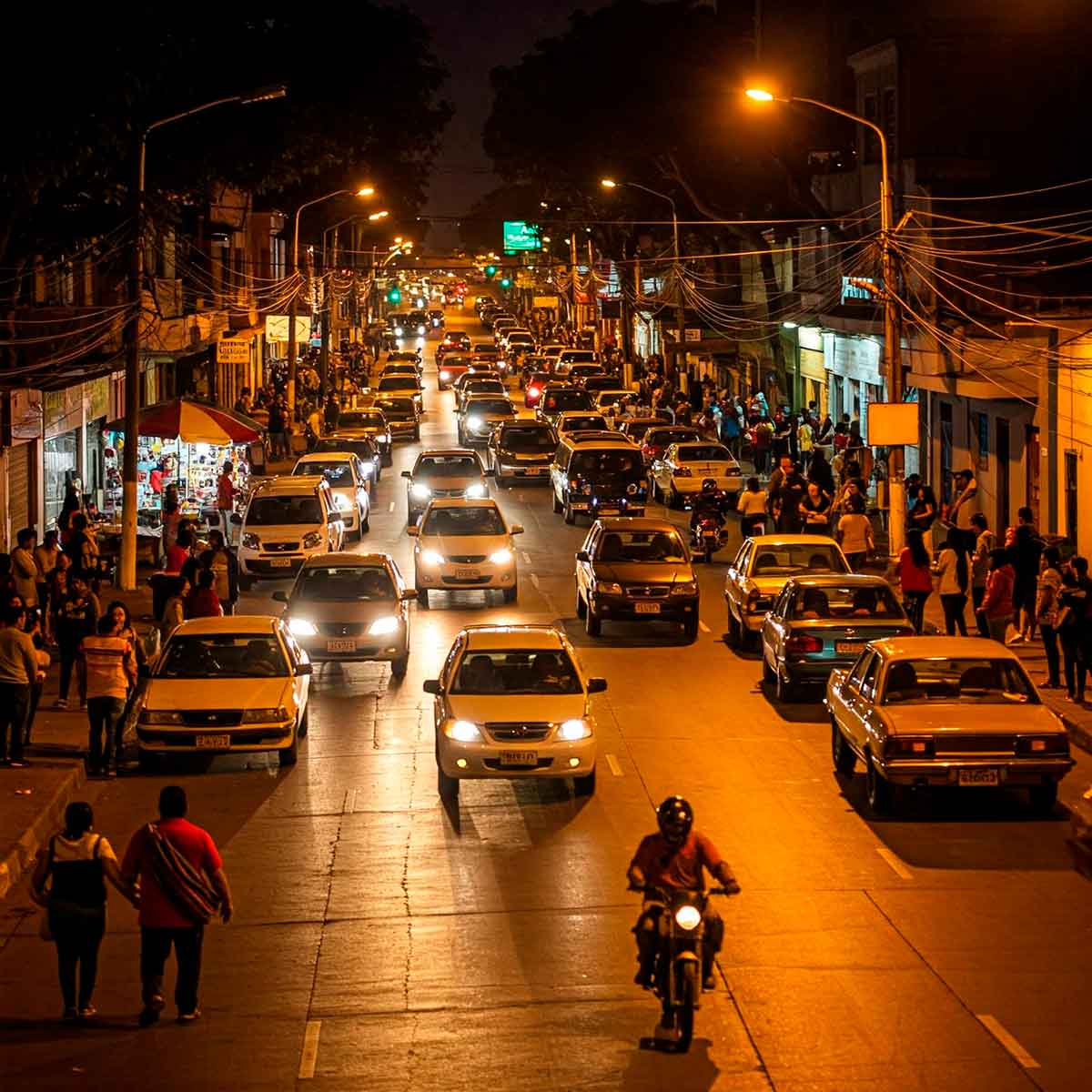
Does your insurance cover kidnapping? An absurd question? Not if you're planning to traverse Latin America, a continent of striking contrasts where enchanting Argentina exists alongside crisis-stricken Venezuela, ranked among the most dangerous countries in the world.
When I talk about traveling in South America, the question of safety immediately arises, and for good reason. As a female traveler, I've learned the hard way that usual precautions aren't always enough on this continent of a thousand faces.
Between Colombia known for its cartels, Brazil with its alarming homicide rates, and Ecuador with its zones of political instability, which destinations truly deserve their notorious reputation? And which ones, like peaceful Uruguay or welcoming Chile, offer instead a safe and unforgettable experience?
General overview of safety in Latin America
The South American continent is vast and heterogeneous in terms of safety. Some countries display extremely high crime rates, while others offer relatively safe travel conditions. Countries like Venezuela or Colombia rank among the most dangerous, while Uruguay and Chile are cited as safer destinations.
- Political instability
- Poverty
- Presence of drug cartels and armed groups
- Failing infrastructure
- Health risks and deficient healthcare systems
List of the most dangerous countries in Latin America
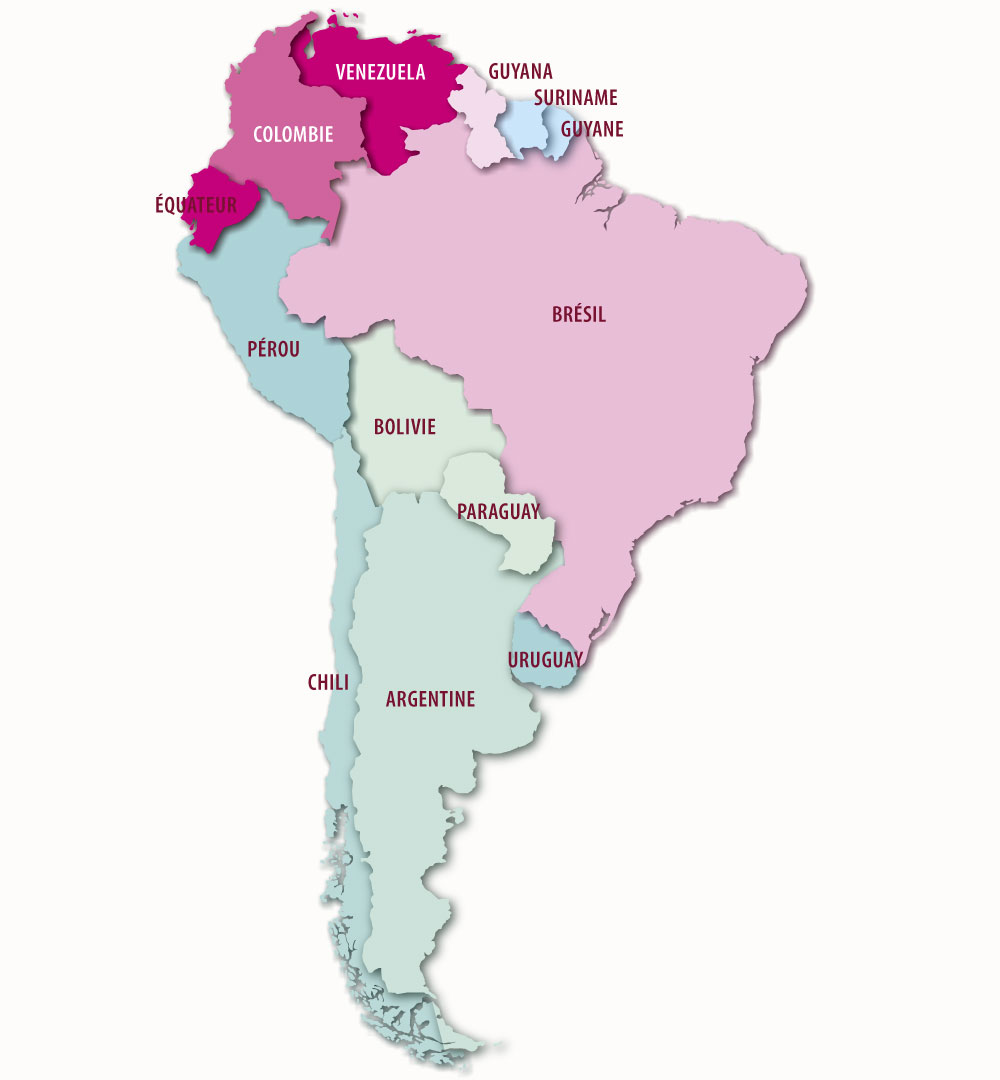
Venezuela: instability and high crime
Venezuela unfortunately occupies first place in the ranking of dangerous countries in South America. Caracas, the capital, is considered one of the most dangerous cities in the world. This isn't new: when I stayed there between 1998 and 2000, it was already among high-risk cities. However, Venezuela is a vast country, and not all regions are exposed in the same way. During that time, I spent several long stays on Margarita Island, far from the capital's tumult, where the atmosphere was much more serene.
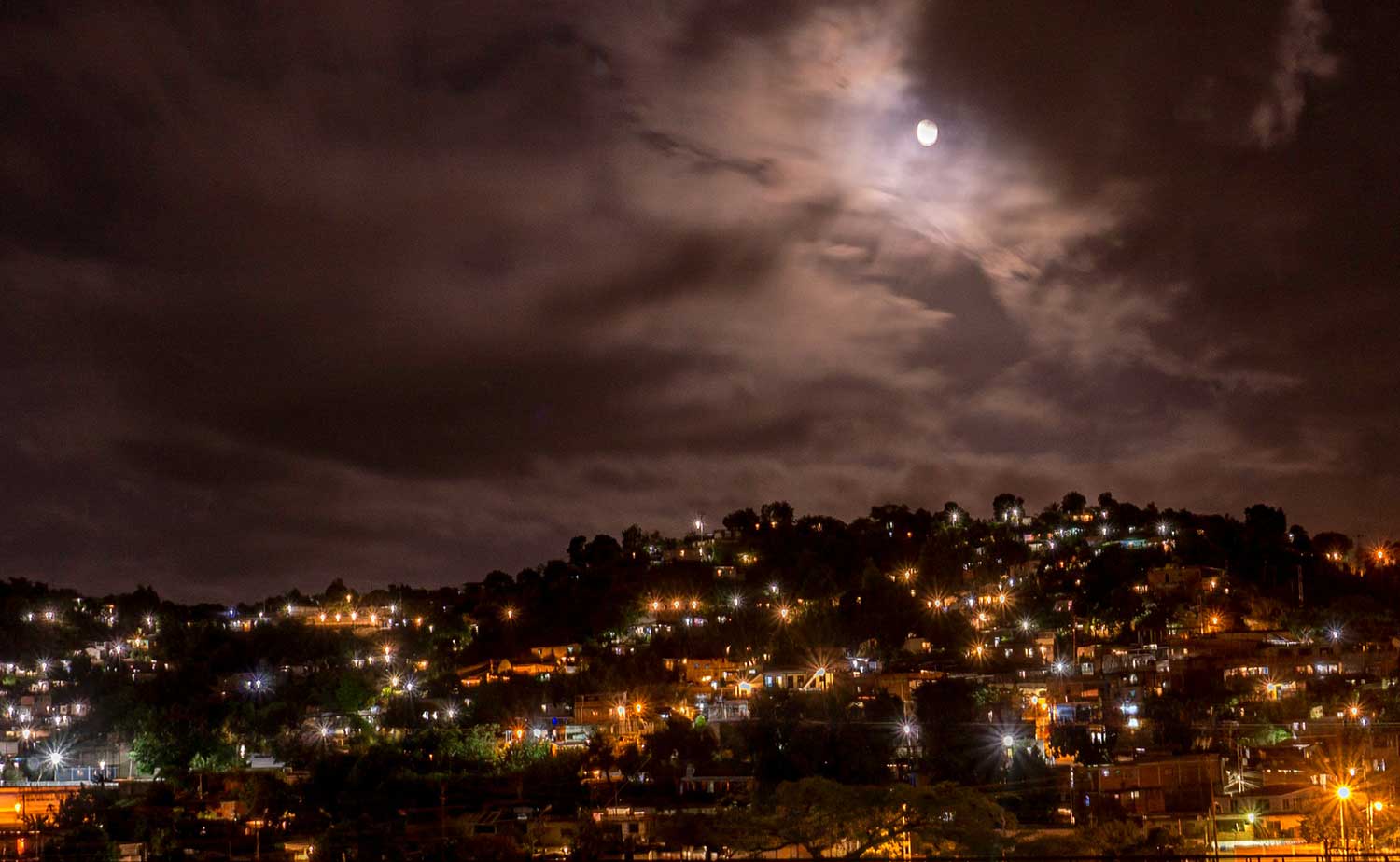
Ecuador: recent rise in violence
Ecuador, once considered a haven of peace, has experienced a rapid deterioration in its safety in recent years. I went there in 2021, and even then, I noticed concerning changes compared to my previous trip in 2015.
Colombia: persistent risks despite progress

Colombia occupies a paradoxical place in this ranking. On one hand, I spent three wonderful months there in 2022 without encountering major problems. On the other hand, certain regions of the country remain extremely dangerous.
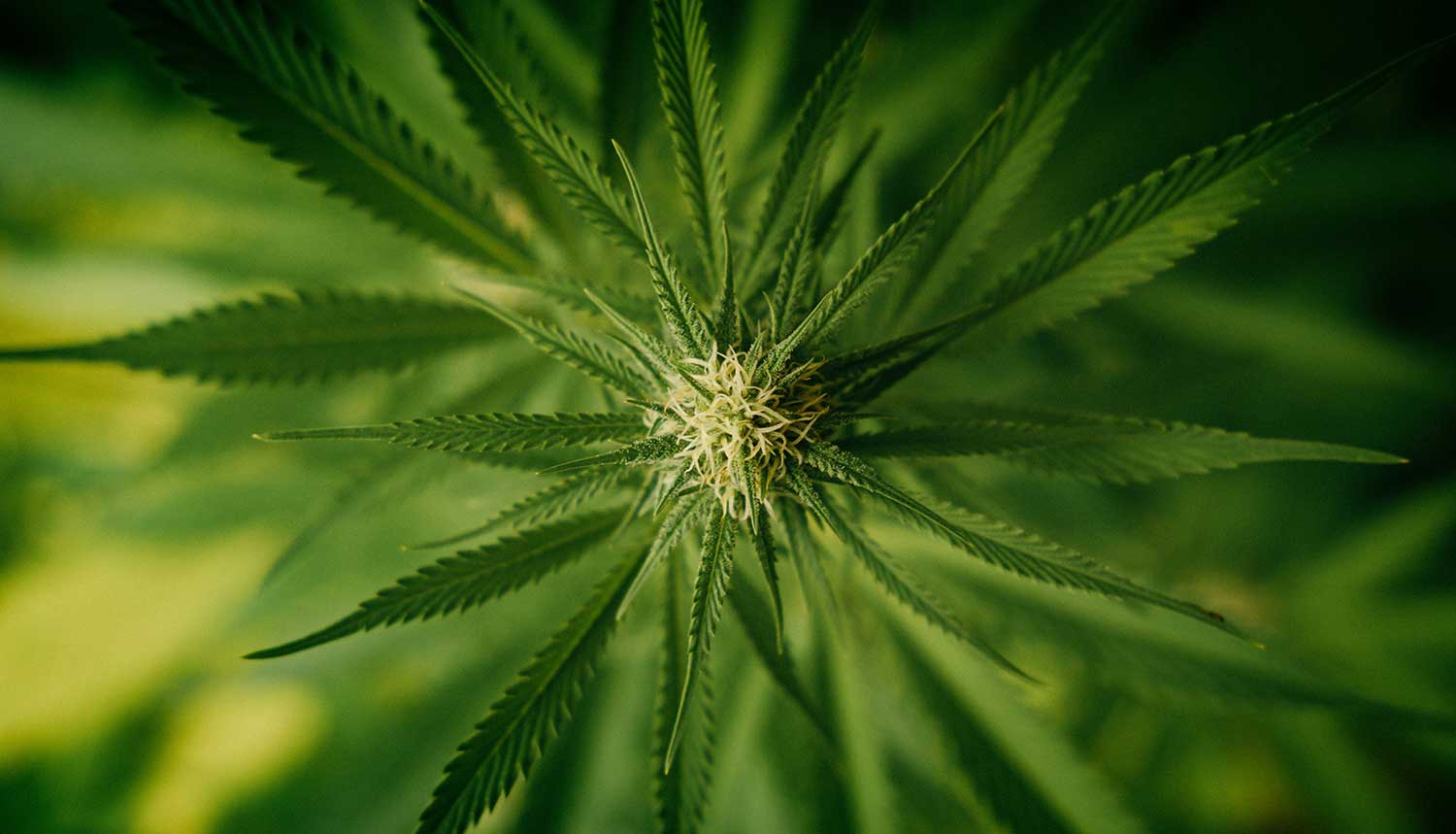
Brazil: urban crime and risk zones
Brazil presents a complex safety profile. Large metropolises like Rio de Janeiro and São Paulo experience high crime rates. During my stay in Rio, I witnessed several assaults in broad daylight, even in tourist zones.
Specific risks for tourists
Crime and kidnappings
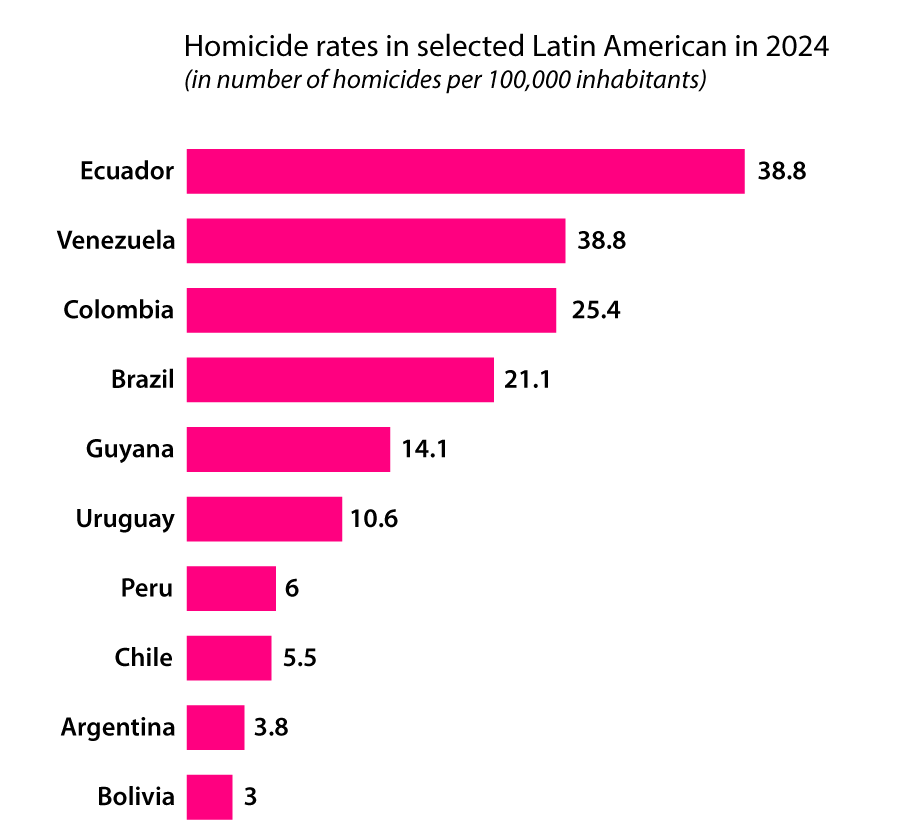
Crime targeting tourists takes different forms. Express kidnappings represent a serious risk in certain countries like Venezuela where victims are held for short periods for cash withdrawals, have become common, even in formerly safe neighborhoods. And, to a lesser extent, Ecuador and Colombia.
Health risks and tropical diseases
Health risks are a major concern. During my travels, I contracted dengue in Brazil, an experience I wouldn't wish on anyone. This disease is endemic in many countries of the region.
Natural disasters and areas to avoid
South America is subject to various dangerous natural phenomena. The Andean region is highly seismic. During my stay in Lima, I experienced a 5.8 magnitude earthquake - a terrifying experience.
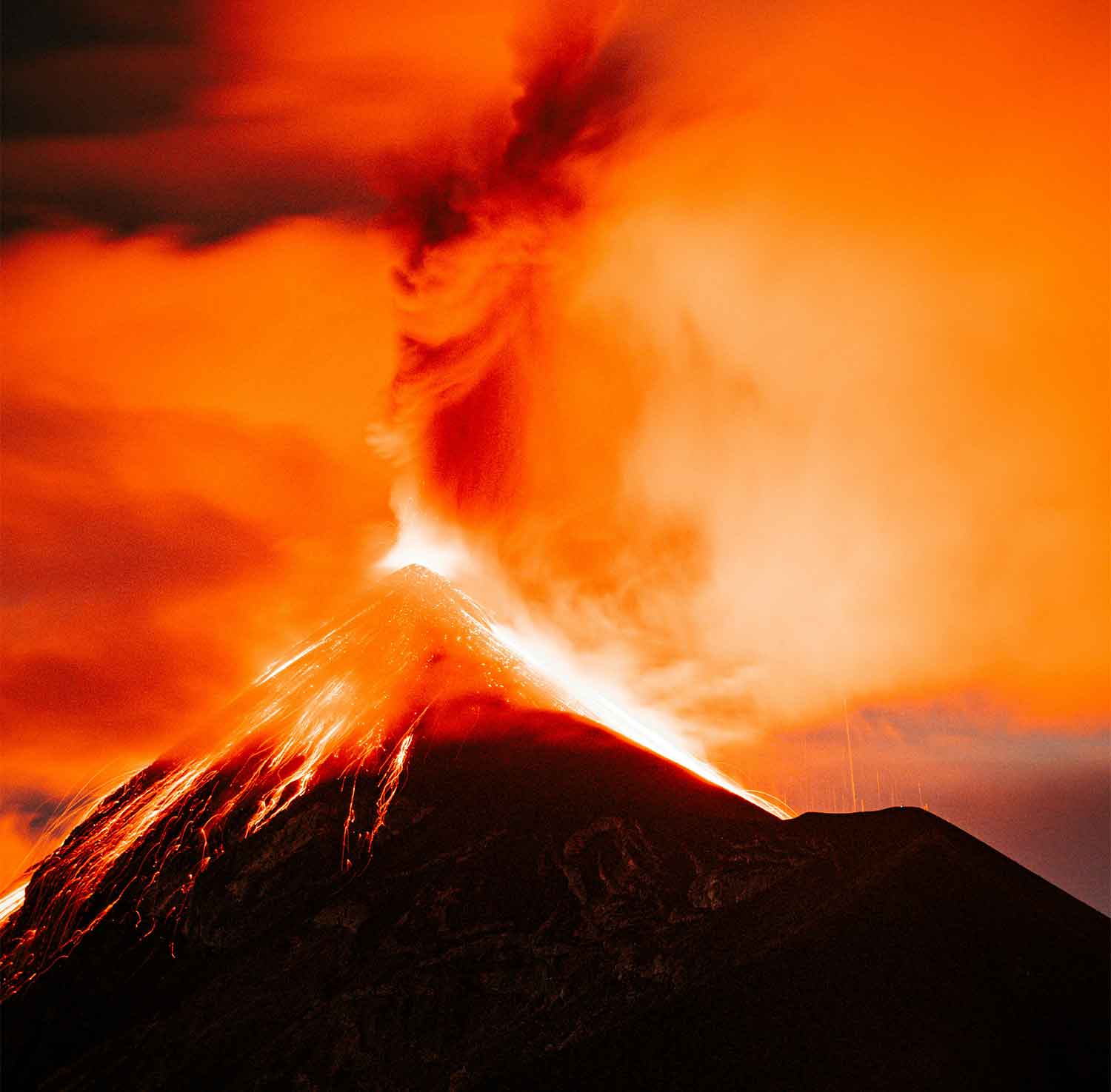
Safest countries to visit in South America
Fortunately, some countries offer travel conditions comparable to those in Europe in terms of safety.
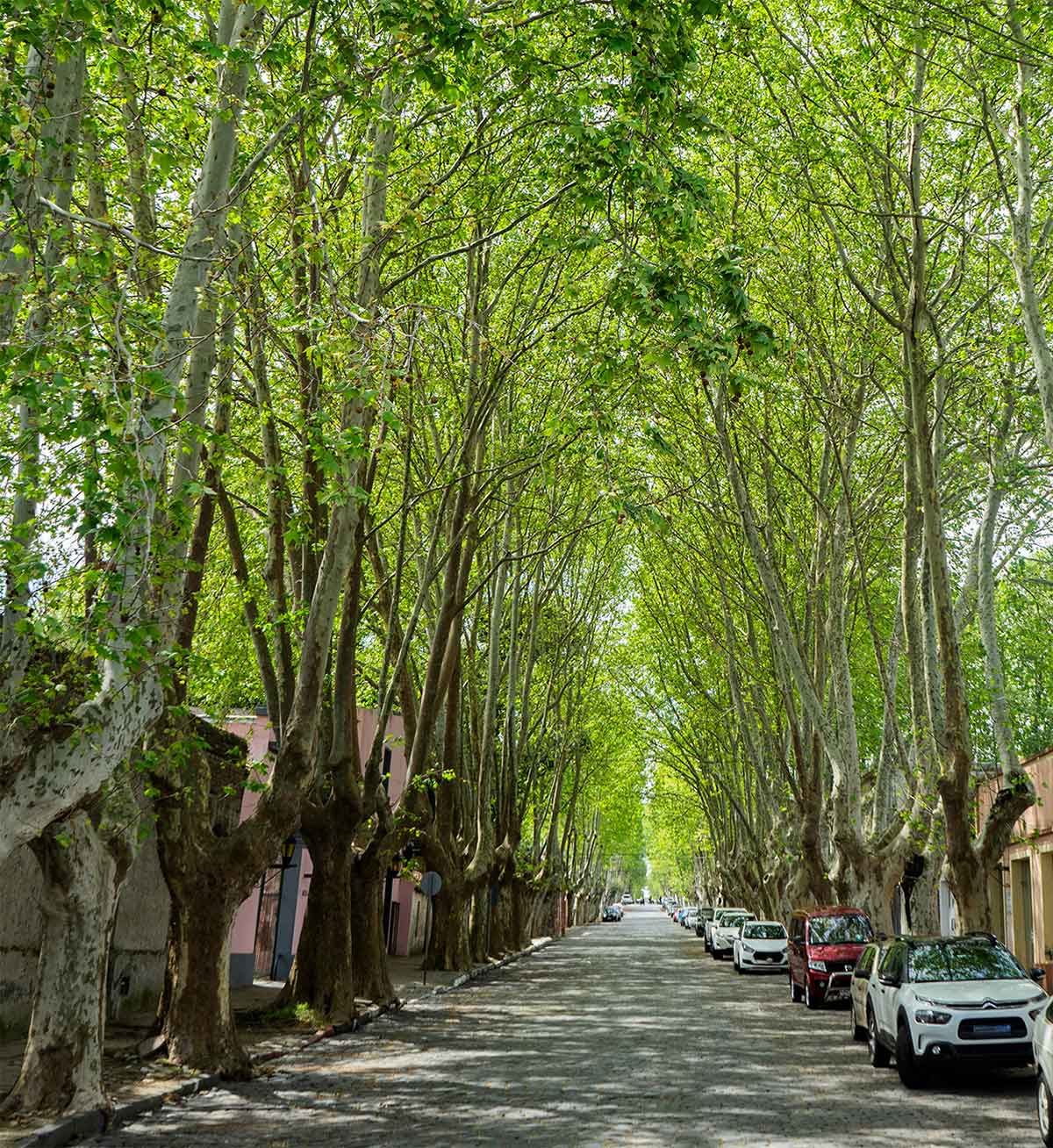
Uruguay: stability and low crime
This country is undoubtedly the most secure country in South America according to my experience. I spent a month there in 2019 and was impressed by its political and social stability.
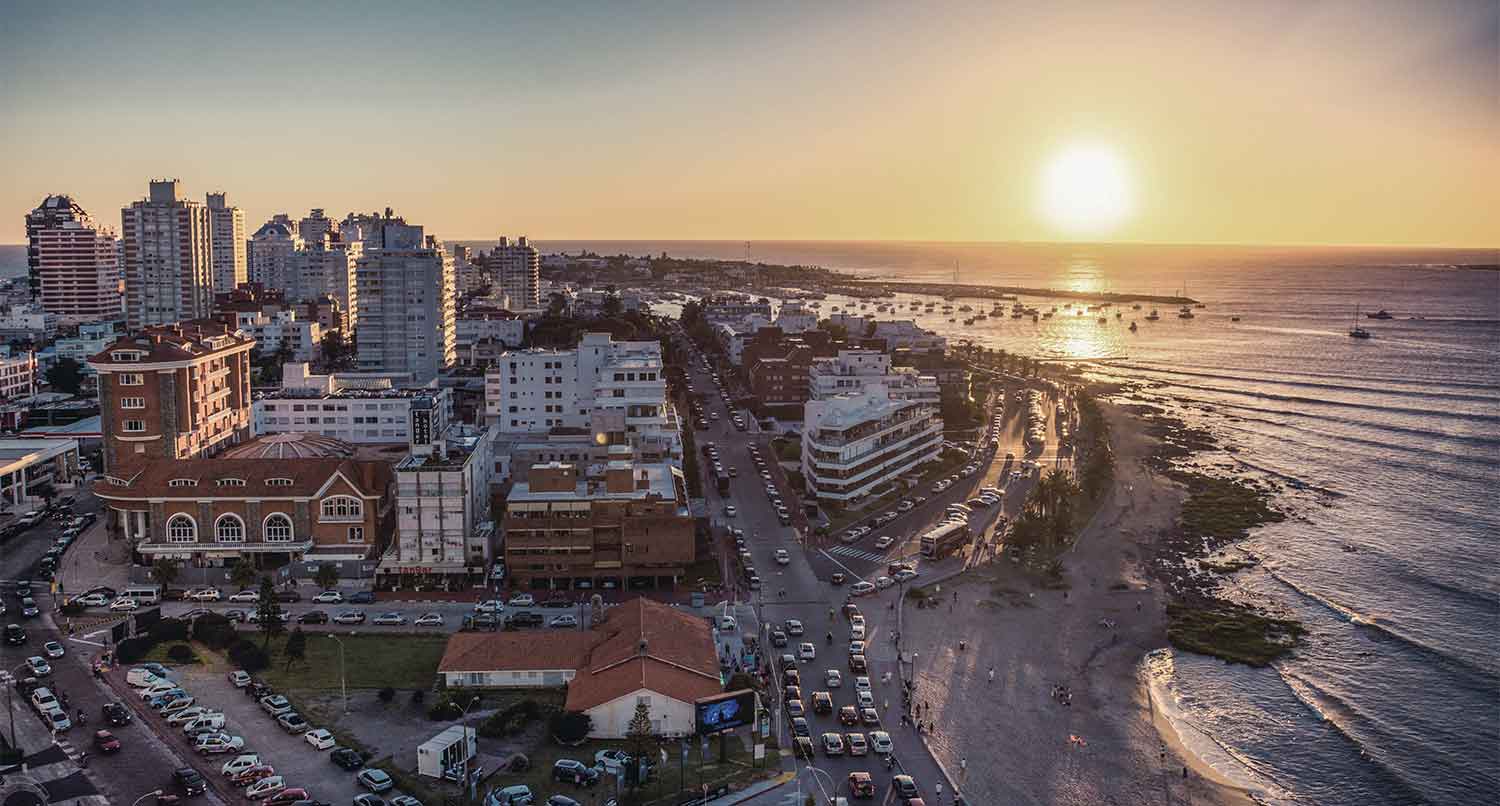
Chile: safe destinations for travelers
Chile is also among the safest countries in South America, despite some recent social tensions. I made three trips there, the last in 2023, and always appreciated the general level of safety.
Argentina: recommended areas for tourism
Argentina presents a contrasting safety profile, but certain regions offer very favorable conditions for female travelers. Buenos Aires can be visited safely if one avoids certain peripheral neighborhoods. The main problems are pickpocketing, and financial scams related to the country's chronic economic instability.
Costa Rica: ideal for a first solo trip
Okay, it's not South America, but Central America. But I couldn't recommend this country, which is a real favorite.
Tips and precautions for safe travel
- Preparations before departure - Whatever your destination, good preparation limits problems. Consult official advice, subscribe to travel insurance and check your vaccines in advance. A medical kit and copies of your documents are essential. Learning some basics in Spanish or Portuguese can also be very useful.
- Behaviors to adopt - Being discreet and avoiding night travel limits risks. I only use official transport applications and always keep my bag in front of me. Sober clothing and a discreet wallet underclothing reduce temptations. For withdrawals, I prefer ATMs in banks or shopping centers.
-
Resources and contacts in case of emergency - In each country visited, I immediately save important numbers in my phone: from the embassy or consulate and local emergency services.
Conclusion: traveling informed is traveling safely
Become a member of NomadSister and access the map to see if there is a host in the country you are about to visit.
Importance of checking your destination before leaving
As I often tell my friends who hesitate to leave: the problem is not so much in the destination as in the lack of preparation. Hence, the importance of consulting official and updated sources on the security and health situation of the country or countries you want to visit or even just pass through.
ADVENTURE| ROAD TRIP| TRAVEL
The editorial team:
Whether you are an avid traveller or a first-time adventurer, all NomadSister editors are passionate about travel. They share their advice and experiences with the desire to give you wings!
Who are we?
